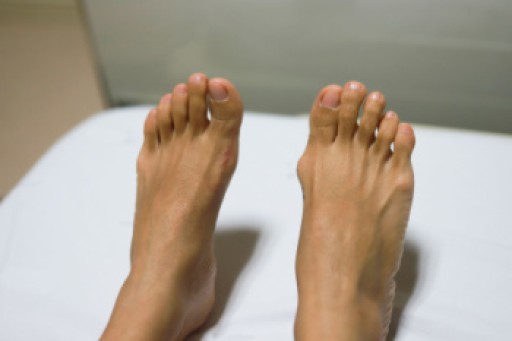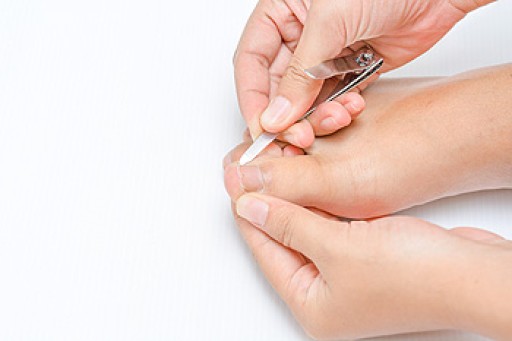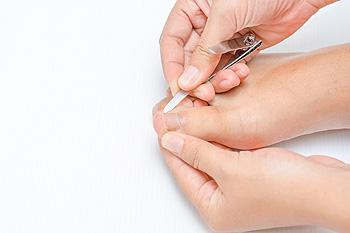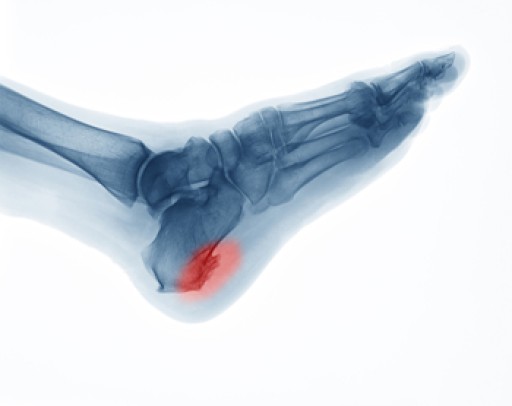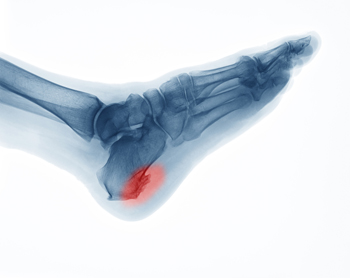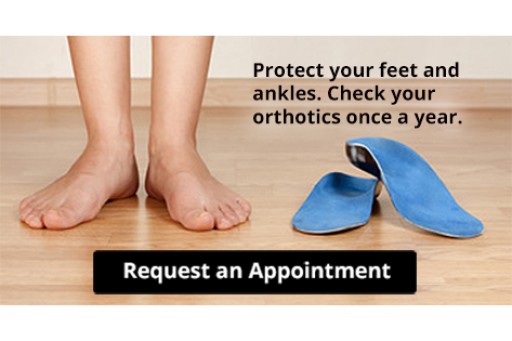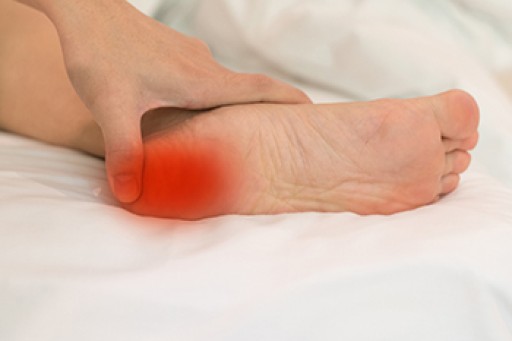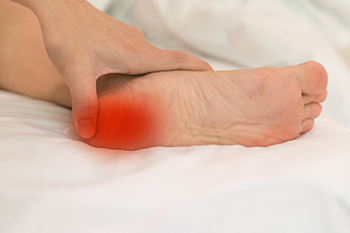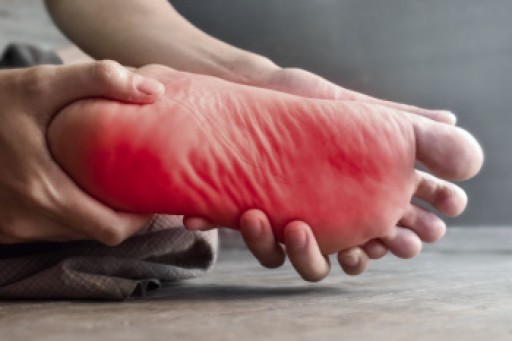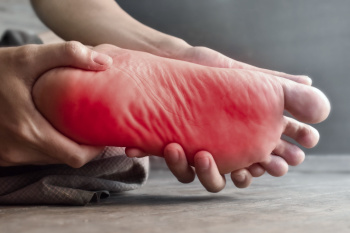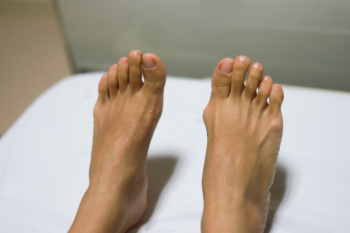
While bunions are more common in adults, they can also develop in children. Pediatric bunions often result from inherited foot structures, where genetic factors influence bone alignment. Unlike adults, children's bunions tend to be softer, although they may still cause discomfort and visible bumps on the side of the big toe. Children with flat feet or hypermobility are more prone to bunions, especially if there is a family history. Unfortunately, bunions will not go away on their own and may worsen over time, particularly as children grow and become more active. Early intervention helps prevent progression. Wearing supportive shoes with wide-toe boxes and arch support can alleviate pressure. If you have a child with a bunion, it is suggested that you schedule an appointment with a podiatrist so the severity of the bunion can be assessed, and individualized treatment options are offered for long-term foot health.
If you are suffering from bunion pain, contact one of our podiatrists of Foot Health Center of Merrimack Valley. Our doctors can provide the care you need to keep you pain-free and on your feet.
What Is a Bunion?
Bunions are painful bony bumps that usually develop on the inside of the foot at the joint of the big toe. As the deformity increases over time, it may become painful to walk and wear shoes. Women are more likely to exacerbate existing bunions since they often wear tight, narrow shoes that shift their toes together. Bunion pain can be relieved by wearing wider shoes with enough room for the toes.
Causes
- Genetics – some people inherit feet that are more prone to bunion development
- Inflammatory Conditions - rheumatoid arthritis and polio may cause bunion development
Symptoms
- Redness and inflammation
- Pain and tenderness
- Callus or corns on the bump
- Restricted motion in the big toe
In order to diagnose your bunion, your podiatrist may ask about your medical history, symptoms, and general health. Your doctor might also order an x-ray to take a closer look at your feet. Nonsurgical treatment options include orthotics, padding, icing, changes in footwear, and medication. If nonsurgical treatments don’t alleviate your bunion pain, surgery may be necessary.
If you have any questions, please feel free to contact one of our offices located in North Andover, and Tewksbury, MA . We offer the newest diagnostic and treatment technologies for all your foot care needs.

